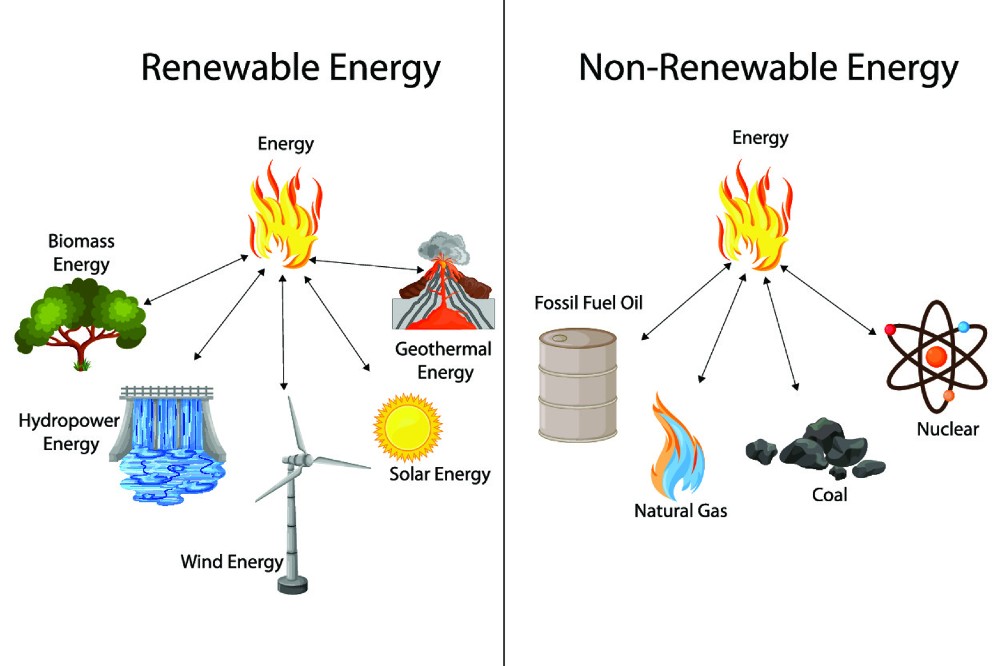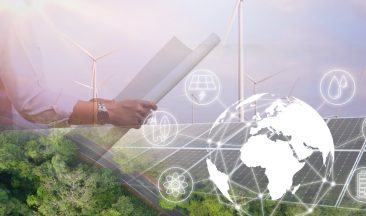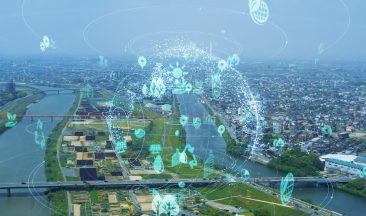Climate change is one of the greatest challenges of our time.
Global warming is playing havoc with global temperatures and weather, resulting in a slew of disasters like floods, heatwaves, increased ocean levels, and forest fires as a result.
What are Fossil Fuels
Currently, much of the world’s energy comes from materials known as fossil fuels formed hundreds of millions of years ago from algae and other organisms buried beneath the surface of Earth.
These non-renewable fuels, which include coal, oil, and natural gas, supply about 80 percent of the world’s energy.
Current Fossil Fuel Consumption and Trends
The share of fossil fuels in the total global energy consumption mix has remained stable.
Coal, oil, and gas accounted for 80.3% of the mix in 2009 and 80.2% of the mix in 2019, despite an increase in the proportion of renewables in the total global energy consumption mix, from 8.7% to 11.2%, during those ten years.
Reduction in Cost of Renewable Energy
Dramatic drop in the costs of renewable energy in the last 24 months has not only accelerated the replacement of fossil fuels with renewable energy for electricity generation but the low cost of renewable electricity is now allowing for replacing fossil fuels in other sectors.
Advantages of Renewable Energy
There are many advantages to renewable energy, to start with, the main sources will never run out, renewable energy is clean, efficient, and environmentally friendly.
Clean Energy
Renewable energy sources allow for clean energy generation. Using renewables reduces greenhouse gas emissions and other polluting substances and improves public health.
The price of renewable energy is not affected by fluctuations in the oil/coal and natural gas prices so when we shift away from a fossil fuel-based economy, prices of other commodities will probably stabilize.

Global Goals to Reduce Fossil Fuel Consumption
Goal 7 of the UN’s sustainable development goals is to ensure access to affordable, reliable, sustainable, and modern energy for all by 2030.
This includes universal access to affordable, reliable, and modern energy services, an increased share for renewable energy, improved energy efficiency, and expanded infrastructure for renewables to assist in developing countries.
To achieve these goals, fossil fuel power plants need to be phased out.
Today, roughly one-quarter of humanity’s emissions come from power plants emitting carbon dioxide, a major contributor to global warming.
We can shift to clean electricity by using electric vehicles and replacing gas-fired furnaces with electric furnaces using clean electricity.
Source: EPA
One-quarter of global emissions come from agriculture and deforestation.
Figuring out how to feed billions while using less land and producing fewer emissions is part of the many challenges faced by farmers to improve agricultural practices.
Challenges To Using Renewable Energy Sources
Renewable energy still faces major hurdles to wider adoption.
Some are associated with various renewable energy technologies, and others are due to the modern realities of the marketplace, regulations, infrastructure, and political and economic self-interests
Transmission and current grid systems are directed towards fossil fuel energy use and so it is often more costly to introduce renewable energy into the grid.
High Initial Cost of Renewable Installations
The installation cost of large-scale solar power systems is around $750-950 per kilowatt. Likewise, for a new gas-fired plant, it is about $1,000 per kW.
Renewable Energy Can Be Unpredictable
The intermittency of sunshine and wind cannot provide an on-demand power source 24 hours a day. Solar energy and wind are unpredictable.
This irregular power generation by renewable energy sources has created a need for efficient storage solutions to make energy available at all times.
Harnessing Energy
Global renewable energy has continued in an upward growth trajectory over the last 20 years and is expected to represent 60% of the energy market by 2050.
Renewable energy can be harnessed in several ways:
- Wind power – The power of long-term potential is 5 times current global demand and 40 times current electricity demand.
- Water energy – The energy in water in moving water can be harnessed and used yielding considerable amounts of energy.
- Geothermal energy – Energy is obtained by tapping the heat of the earth itself via a geothermal heat pump ( using the earth as a heat source in winter or a heat sink in summer).
- Solar energy – Solar energy can be used in many ways, including generating electricity by using photovoltaic solar cells or by directly heating water.
- Biofuel – Biofuel (in solid, liquid, or gaseous form) is obtained from living, dead, or plant-derived materials which can be burned in internal combustion engines or boilers.
- Biogas – Biogas from waste streams, such as paper production, sugar production, sewage, and animal waste can be mixed together and allowed to naturally ferment, producing methane gas which in turn can be used in boilers and turbines.
Renewable Energy Storage
“The sun doesn’t always shine, and the wind doesn’t always blow” sounds like the lyrics of a song but it is one of the major drawbacks of solar and wind-generated power.
There is a demand for energy day and night, whether there is wind or sunshine. Energy is still needed when the sun goes down or the wind drops.
While electricity from gas or coal-powered power plants is available 24/7 and the production can be planned, renewable energy needs to be stored for later use once harnessed.
The only way to capture the full value of renewable energy sources is to store the energy and consume it throughout the day and night.
Battery Energy Storage
This is where renewable energy storage solutions come into play.
The future of energy storage is in low cost, high capacity, safe and efficient solutions.
We are already familiar with rechargeable batteries that power our mobile phones, laptop computers, power tools, and cars.
Batteries are electrochemical cells whose chemical reactions convert high-energy products to low-energy products with the free energy difference being delivered to an external circuit as usable electricity.
Bromine Flow Cell Batteries
ICL’s bromine is used in flow batteries which are electrical energy storage devices that are a cross between conventional batteries and fuel cells.
These types of batteries have multiple benefits such as being nonexplosive, safe to use, available at lower cost, and are suitable for long-duration renewable energy storage.
ICL and Renewable Energy Storage
ICL as an environmentally responsible company recognizes the detrimental effects of fossil fuels and continuously strives to improve energy efficiency and decrease its own emissions by increasing the use of clean and renewable energy.
We are a global innovator in creating solutions for harnessing and storing solutions for green renewable energy and are committed to making an impact through sustainable solutions.
Our products enable renewable energy storage for industrial and household usage as well as improved batteries for electric vehicles.
Using advanced materials like bromine, phosphates, and high purity phosphoric acid in innovative ways in the renewable energy storage industry, ICL is ensuring that the future of energy storage is dominated by sustainable solutions with a small environmental footprint.
The future is in renewable energy storage and recognizing this, ICL has invested in cutting-edge R&D to develop better innovative renewable energy storage solutions to constantly improve available storage batteries with higher capacity, longer life, smaller size, and less weight.
Apart from ICL’s broad phosphate manufacturing capabilities, we also offer access to our vast global technical and R&D capabilities to support the manufacture of emerging renewable energy applications.
Fossil fuels will eventually be history while renewable energy and hi-tech energy storage solutions herald a bright, clean, and environmentally safe solution for our children and generations to come.







